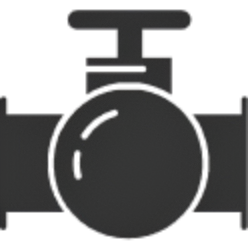precipitator in thermal power plant
A precipitator is a vital piece of equipment in thermal power plants used to trap particles from within exhaust gas before they are discharged into the air. In addition, the precipitator is also meant to catch fly ash and other particulate matters released during the burning process of coal and other fossil fuels. Technologically advanced features of the precipitator incorporate a series of high tension electrodes that set up an electrostatic field. When these electrically charged poles charge the particles in the gas they appear on collecting surfaces as condensation nuclei and stick there. Electrostatic precipitiation It is due to this process, which is highly efficient in this field and provides an important technical support to environmental protection measures that it meets present pollution restrictions on emissions of soot and sulphur dioxides. Precipitators are widely used in the energy industry, where they are a feature of coal-fired power stations, reducing the discharge of harmful pollutants at those facilities.


